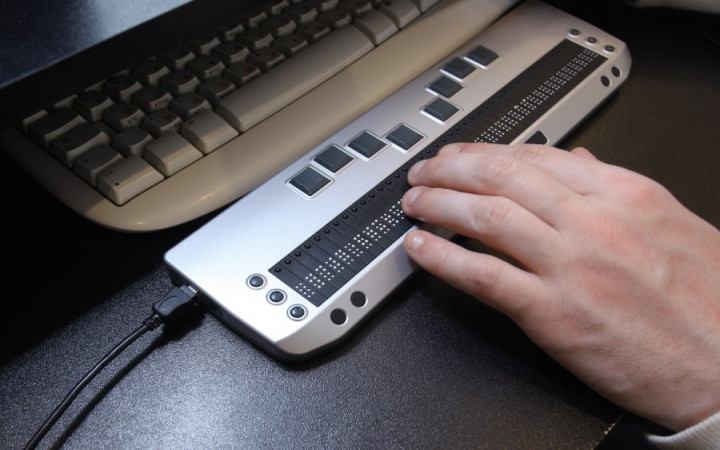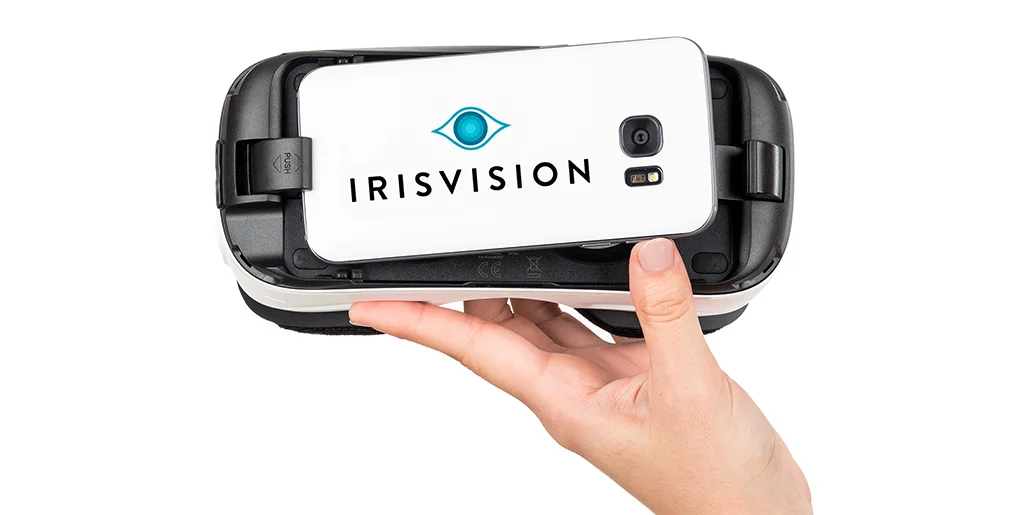OCR Devices for the Blind: Turning Text into Speech with Ease
Empowering Independence With Assistive Innovation for the Blind
The integration of assistive technology into the lives of people with aesthetic impairments represents a substantial advancement in promoting freedom and self-sufficiency. From cutting-edge display viewers to sophisticated clever walking sticks, these tools not only boost day-to-day navigating and interaction yet also equip customers to involve meaningfully in numerous aspects of life. As we discover the myriad advantages and real-world applications of these innovations, it becomes important to take a look at the hidden aspects that add to their performance and the potential for future advancements in this vital field.
Review of Assistive Technology

The development of assistive modern technology is grounded in concepts of inclusivity and empowerment. Advancements in software application, hardware, and sensory improvements supply customers with alternatives customized to their specific needs. From screen viewers that transform text to speech, to responsive tools that share details via touch, these devices transform the way people involve with their surroundings.
Along with useful applications, assistive innovation cultivates higher social addition and involvement in different industries, consisting of education and work (Smart glasses for the visually impaired). As research study and development remain to develop, the potential for assistive innovation to additionally improve the lives of aesthetically damaged people stays encouraging, paving the way for an extra equitable society where every person can flourish
Sorts Of Assistive Instruments
A selection of assistive gadgets have emerged to support people with aesthetic impairments, each made to fulfill specific demands and enhance daily performance. These tools range from low-tech options to state-of-the-art technologies, giving varied alternatives for users.
Low-tech tools include magnifiers and large-print products that assist in reading and writing. Braille tools, such as Braille slates and stylus pens, allow responsive analysis and interaction. Orientation and flexibility aids, like white canes, help users browse their atmosphere securely.
On the greater end of the spectrum, electronic magnification systems and display readers supply considerable support. Electronic magnifiers permit customers to expand message and images on screens, while screen readers convert digital material into manufactured speech, promoting access to information on smart devices and computers.
Smart device applications also play a critical function, giving features like message acknowledgment and navigating aid. Wearable modern technology, such as wise glasses equipped with enhanced reality, is emerging as an appealing tool to enhance situational awareness.
Advantages of Assistive Modern Technology
The combination of assistive technology considerably improves the top quality of life for people with aesthetic problems. These modern technologies empower users by promoting self-reliance, enabling them to browse their atmospheres a lot more efficiently and carry out everyday tasks with higher simplicity. Display readers and zoom software application enable people to accessibility digital info, cultivating instructional and expert possibilities that may have formerly been out of reach.
Moreover, assistive gadgets such as smart canes and GPS applications give real-time navigation help, boosting flexibility and safety. This enhanced autonomy not just boosts self-esteem yet additionally encourages social involvement, enabling individuals to take part more completely in their neighborhoods.
Assistive technology also helps with communication, helping users connect with others through voice acknowledgment and text-to-speech applications. This capability is important for keeping partnerships and accessing important details.
Furthermore, the personalization choices offered with lots of assistive technologies ensure that individuals can tailor gadgets to their particular requirements, further boosting functionality and performance. Generally, the advantages of assistive technology for people with visual problems are extensive, promoting a more inclusive culture where every person can pursue their desires and goals.
Study and Success Stories
Highlighting the transformative impact of assistive innovation, numerous instance research studies illustrate exactly how people with aesthetic problems have actually successfully incorporated these tools into their day-to-day lives. One engaging instance entails an university trainee who utilized display analysis software program to browse academic materials and on-line sources effectively. This innovation not only promoted her education and learning yet additionally enhanced her self-confidence in participating in conversations and team jobs.
Another case research includes a specialist who employs a smartphone application developed for navigation and item recognition. By utilizing this application, he has reclaimed freedom in both his individual and workplace, permitting him to commute separately and engage with associates better.
In addition, a retiree shared her experience with braille e-readers, which allowed her to access a vast variety of read the article literature and stay gotten in touch with her neighborhood with book clubs.
These success tales emphasize the essential duty of assistive technology in cultivating independence, boosting top quality of life, and advertising social combination for individuals with aesthetic problems (OCR devices for the blind). By embracing these ingenious devices, customers can get over difficulties and take opportunities that contribute to their individual and expert satisfaction

Future Trends in Assistive Modern Technology
Technology in assistive modern technology is positioned to redefine the landscape of support for individuals with visual disabilities. Emerging patterns emphasize the integration of man-made intelligence (AI) and equipment understanding, which boost the functionality of devices that aid with navigation and details access. AI-driven applications are currently qualified of translating visual information in real-time, enabling individuals to involve with their environment a lot more independently.
In addition, the development of wearable technology is advancing rapidly. Smart glasses furnished with augmented truth (AR) can provide audio descriptions of surroundings, changing just how individuals communicate with public spaces. These devices not only promote freedom however also foster social incorporation.
Furthermore, the Net of Points (IoT) is making homes smarter, permitting smooth connectivity between assistive gadgets and everyday appliances. This connection empowers individuals by enabling automated reactions and voice-activated controls customized to private requirements.
Conclusion
In conclusion, assistive technology plays a pivotal function in equipping people with aesthetic problems by improving their self-reliance and interaction with their surroundings. The diverse variety of gadgets and applications offered not just assists in navigation and communication however also promotes social combination and opportunities for individual and specialist growth. As improvements continue in this field, the potential for boosting the lifestyle for those with visual impairments will increase, promoting greater freedom and empowerment.
